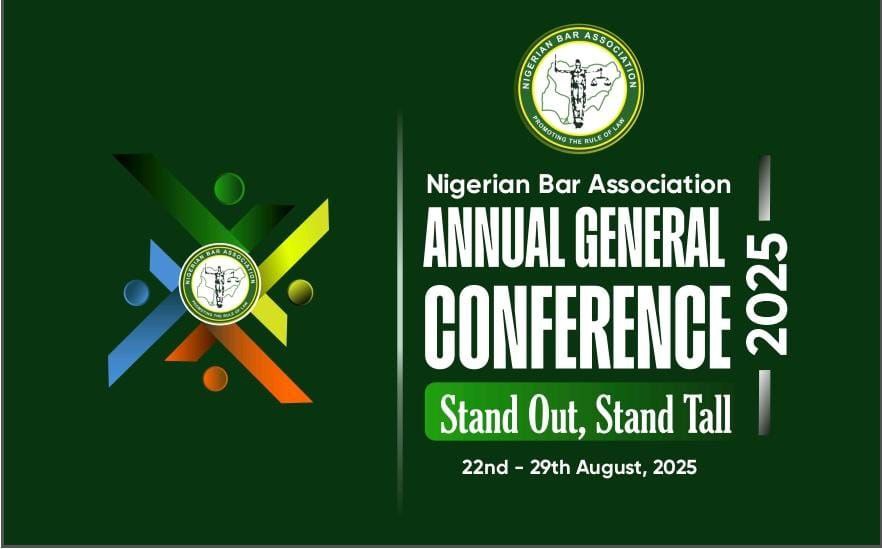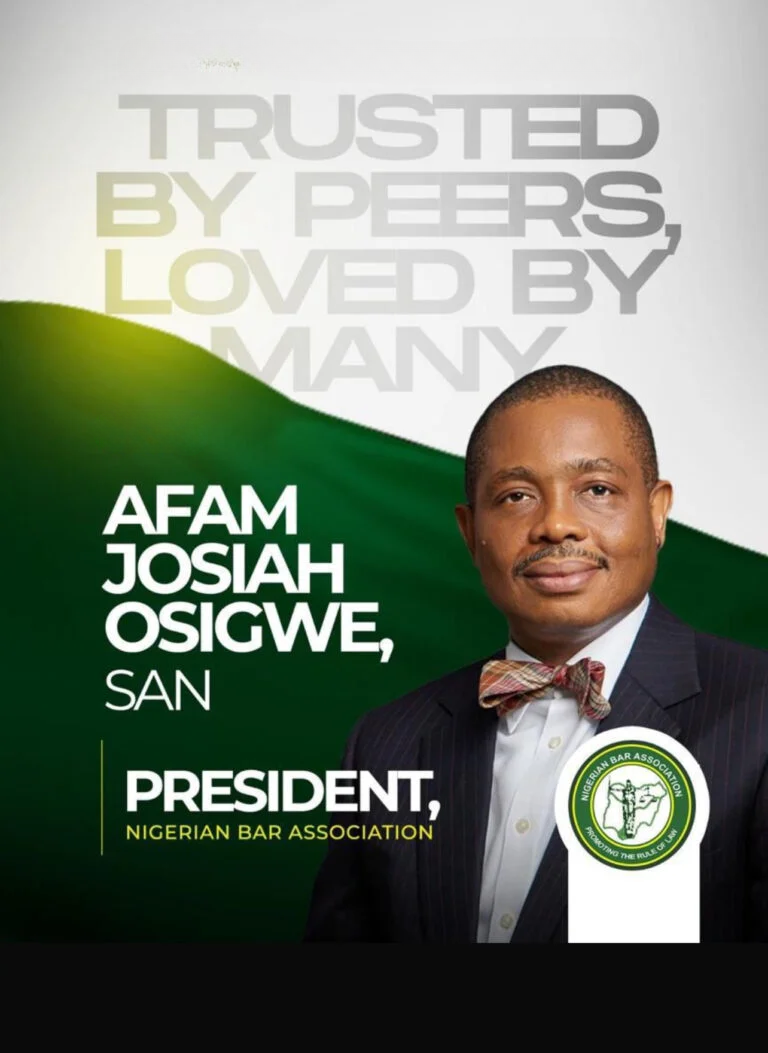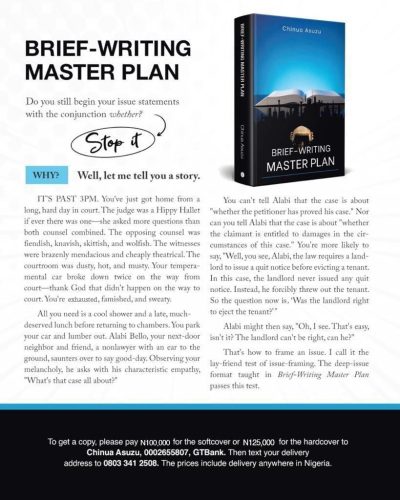In advocacy, presenting only positive information and arguments can be “superficial, myopic, and, ultimately, unconvincing.” Kathryn M. Stanchi, ‘Playing with Fire: The Science of Confronting Adverse Material in Legal Advocacy,’ 60 Rutgers Law Review (No. 2, 2008), 381, 389.
Confronting and defusing negative information is essential to the art of persuasion. The advocate who suppresses inconvenient facts or avoids addressing obvious objections will forfeit credibility.
When writing an opening brief, your task is to present the whole case—yours and your opponent’s. Aim to equip the judge to understand the entire dispute from your brief alone.
That means anticipating the most damaging facts and arguments against your position and dealing with them openly and convincingly. “Anticipate the biggest opposition to your position and address it in detail.” John M. Lannon, The Writing Process (1989), 332.

Deploy prolepsis, the classical rhetorical device of answering objections before they are raised. It’s anticipatory rebuttal. For instance, “My learned friend may invoke the Public Officers’ Protection Act to shield her client from belated litigation. But that statute affords no cover for acts performed by public officers in their private capacity.”
Anticipate and deal with the other side’s likely points. Launch preemptive strikes against those feared missiles “as part of your affirmative statement answers to what you think you will most likely find in the responsive brief.” Ruth Bader Ginsburg, Garner’s Interviews with US Supreme Court Justices, 142–143.
Through deep scrutiny of the opponent’s case, you equip yourself to “refute the opposing party’s arguments effectively.”
Familiarize yourself not only with friendly facts but also with hostile facts. Stephanie A. Vaughan, ‘Persuasion is an Art … But it is also an Invaluable Tool in Advocacy,’ 61 Baylor Law Review (No. 2, 2009), 635, 640.
Never get so caught up in your client’s narrative that you lose sight of your opponent’s. Rigorous study of the opposing case equips you for decisive rebuttal and sharpens your own advocacy.

In Dibiamaka v Osakwe [1989] 3 NWLR (Part 107) 101 (SC), 110G–H (Oputa JSC), the Supreme Court stated that a good brief reflects the author’s “acquaintance and appreciation” of the case for both sides.










